Use Splint and Tampon After Rhinoplasty: Duration & Removal Guide
Facial Plastic Surgery
Both the splint and tampons play crucial roles in controlling bleeding, providing support, maintaining the desired shape of the nose, and ensuring optimal healing and results after rhinoplasty. One of the main concerns about tampons in the nose after surgery is the discomfort they may cause. Many patients describe a feeling of pressure or congestion in the nose, which can be bothersome. However, this discomfort is usually temporary and can be managed with pain medication prescribed by your surgeon. Although nasal packing is no longer necessary, it is still more suggested than rhinoplasty with no packing. Read on to learn more about Splints and Tampons and how they affect rhinoplasty.
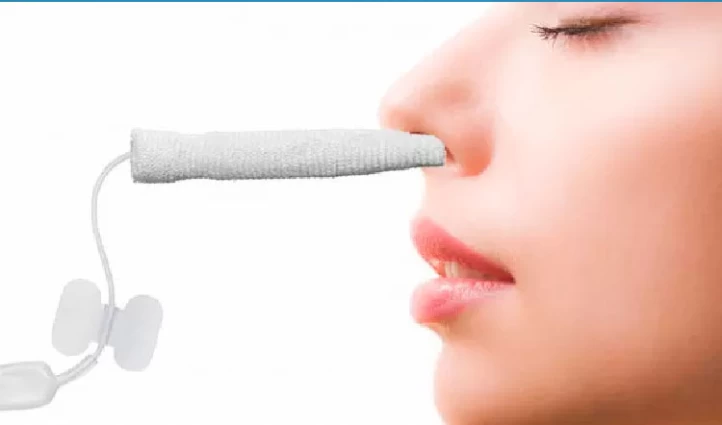
What Is a Nasal Splint?
A nasal splint is a device that is placed on the nose after rhinoplasty surgery. It is typically made of plastic or silicone. The main purpose of a nasal splint is to help maintain the desired shape of the nose and prevent any shifts or deformities during the initial stages of healing. It provides support to the nasal structures and helps minimize swelling.
Nasal splints help stabilize the nose and keep it in the correct position while the tissues heal. This can help ensure optimal results and prevent any complications. The silicone tampons rhinoplasty also acts as a protective barrier, shielding the nose from accidental bumps or trauma that could disrupt the healing process.
Wearing a nasal splint can cause some discomfort, particularly during the first few days after surgery. Patients may experience pressure, tightness, or a sensation of congestion in the nose. However, this discomfort is usually temporary and can be managed with pain medication prescribed by your surgeon.
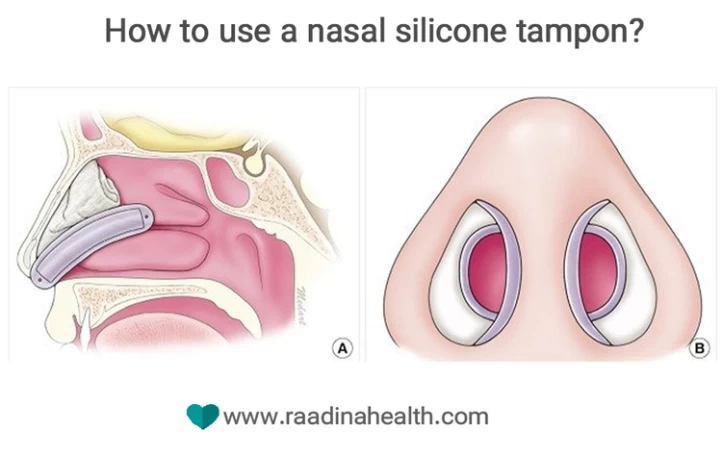
What Are the Types of Nasal Splints?
Several types of nasal splints may be used after rhinoplasty surgery. The specific type chosen by the surgeon may depend on factors such as the patient's individual needs and the surgical technique used. Read the following to know more about both internal and external nasal splint after rhinoplasty.
External nasal splints
These are the most commonly used types of nasal splints. They are typically made of plastic or silicone and are placed on the outside of the nose. External nasal splints provide support and protection to the nasal structures while allowing for easy monitoring and access to the surgical site.
Internal nasal splints
In some cases, internal nasal splints may be used in addition to external splints. These are typically soft, flexible tubes or stents that are inserted into the nostrils to help maintain the shape and position of the internal nasal structures. Tampons in nose after surgery can help prevent the formation of scar tissue and adhesions inside the nose.

What Is Nasal Packing or Nose Tampon?
Nose tampons, also known as nasal packing or nasal dressings, are soft materials that are inserted into the nostrils after rhinoplasty surgery. Nose tampons help absorb any blood or fluid that may accumulate in the nasal cavity after surgery. They provide support to the nasal structures, helping to maintain the desired shape and prevent any shifts or deformities during the healing process. They can also help minimize swelling by providing gentle compression. The rhinoplasty packing is usually removed within two days following the surgery.
Internal Splints After Septoplasty
Septoplasty corrects the deviated septum and eliminates breathing difficulties for people with crooked noses. Just like in rhinoplasty, your nasal cavities will be filled with internal splints after septoplasty to hold the septum in its new position and prevent excess bleeding.
What Are the Types of Nasal Tampons?
Several types of nasal tampons may be used after rhinoplasty surgery. Some common types include:
Silicone Nasal Tampons
Silicone Nasal Tampons, also known as perforated nasal tampons, are made of a soft, flexible silicone material. They work by applying gentle pressure to the nasal tissues, helping to stop bleeding and promote healing. Surgeons and patients often prefer silicone nasal tampons due to their ease of use and comfort. They can be easily removed without causing any discomfort or damage to the nasal tissues.
Sponge Nasal Tampons
These tampons are made of a soft, absorbent sponge material. They are inserted into the nostrils to absorb any excess blood and help control bleeding after rhinoplasty surgery. Sponge nasal tampons are often used in combination with other types of tampons for optimal results.
Corrugated Nasal Tampons
Corrugated nasal tampons are typically made of soft, absorbent material and have a corrugated shape to help provide better compression and tamponade. These nasal tampons are inserted into the nostrils and expanded to apply pressure on the blood vessels, helping to stop bleeding.
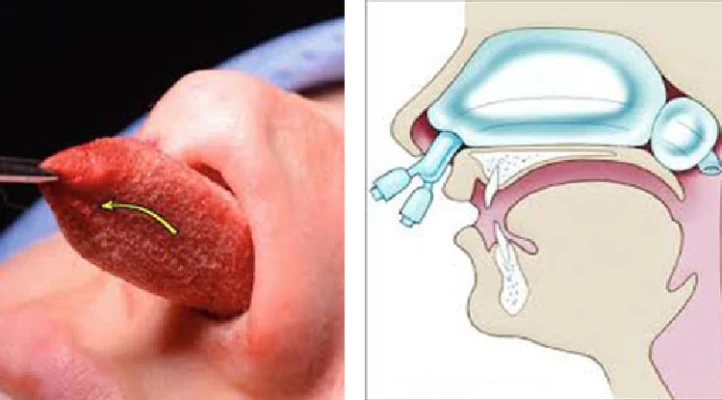
When Is a Nose Tampon Needed?
A nose tampon is needed to control bleeding and is usually removed two weeks after rhinoplasty or rhino septoplasty. However, if nosebleeds continue for no specific reason, the doctor suggests wearing nose tampons, nasal packs, and nasal plugs for an extra week to hold back the bleeding. The rhinoplasty packing should also be removed 48 hours after the surgery, but the surgeon keeps them in place for 72 hours if you have severe nosebleeds.
When Is a Nasal Splint Removed?
Nasal splint removal is usually done in the surgeon's office and is typically a quick and straightforward procedure. The timing of removal can vary. However, it is usually done within 1-2 weeks after the procedure. During the removal process, the surgeon will gently lift off the nose and remove any adhesive or sutures holding it in place.
When Is Nasal Packing Removed After Rhinoplasty?
Nasal packing is typically removed after a certain period, which can vary depending on factors such as the extent of bleeding, healing progress, and the patient's overall condition. It can usually be removed 24 to 48 hours after rhinoplasty.
Is Nasal Tampon Removal Painful?
The removal of nasal tampons can vary in terms of discomfort or pain. Some individuals may experience mild discomfort or pressure during the removal process, while others may find it to be more uncomfortable.
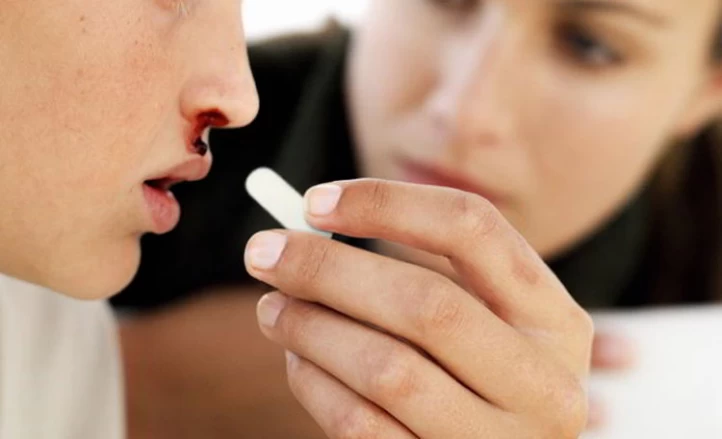
How to Clean Nose after Removing Tampons?
After removing nasal tampons, wash your nostrils with nasal serum and a syringe. It’s better to repeat this procedure 4-5 times a day to prevent the formation of dried blood in the nose and facilitate your breathing. Blowing the nose or using cotton pads after rinsing the nostrils may hurt the stitches and cause bleeding. Therefore, you should wait for the liquid to escape your nose.
What Is The Importance of Using Tampons After Rhinoplasty?
Using tampons after rhinoplasty is important for several reasons, including:
- Tampons help to control bleeding and absorb any excess blood or fluids that may be present after surgery;
- Tampons can provide support and help to prevent any shifting or movement of the nasal tissues, which can affect the outcome of the surgery;
- Tampons can help to reduce swelling and promote faster healing.
Why Iran for Rhinoplasty?
Rhinoplasty, or nose job, is a popular cosmetic procedure in Iran. Many people travel to Iran to undergo rhinoplasty due to the country's skilled plastic surgeons and affordable prices.
Iran has a strong reputation for its expertise in rhinoplasty, with many surgeons specializing in this procedure. Iranian surgeons are known for their attention to detail and ability to create natural-looking results.
In addition to high-quality surgical care, Iran also offers a comfortable and welcoming environment for patients. Many clinics and hospitals provide modern facilities to ensure a pleasant experience for patients traveling from abroad.
The cost of rhinoplasty in Iran is significantly lower compared to other countries, making it an attractive option for those seeking affordable cosmetic surgery. On average, the cost of rhinoplasty in Iran ranges from $1,500 to $3,500.
However, it is important to thoroughly research and choose a reputable clinic and surgeon in Iran to ensure a safe and successful outcome. Don't hesitate to get in touch with our professional experts at Raadina Health to help you with this! We can link you to the best Iranian plastic surgeons.
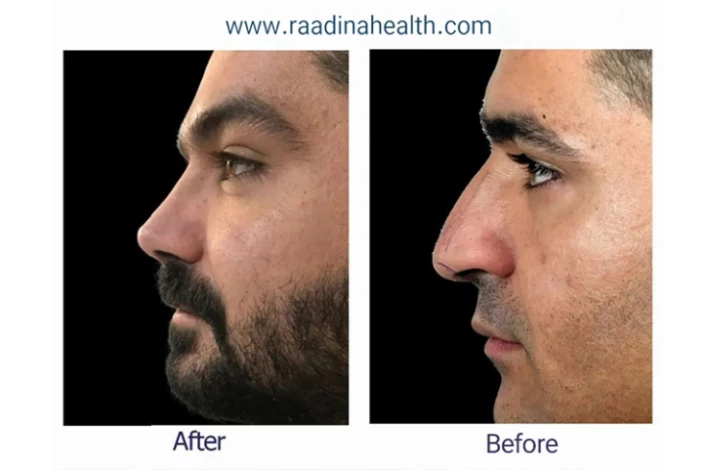
FAQs about Nasal Splints Rhinoplasty
1) Can I remove my nasal splints?
Ask a professional nurse to remove your tampons, but if you’d like to take them out on your own, stand next to a sink and pull the string of nasal tampons gradually and firmly until it’s completely out.
2) Is packing necessary after rhinoplasty?
You should wear nasal splints for two weeks if your nasal structure is weak and fragile. But if your surgeon uses modern nose job techniques and keeps your nasal structure firm, you can remove the nasal packing much sooner or don’t use them.
3) How do you sleep with a splint in your nose?
It would be best to sleep on your back until your splints and tampons are removed. Also, use an extra pillow to elevate your head during the night.
4) Can I shower with splints in my nose?
You can shower as soon as external splints and bandages are removed from your nose.



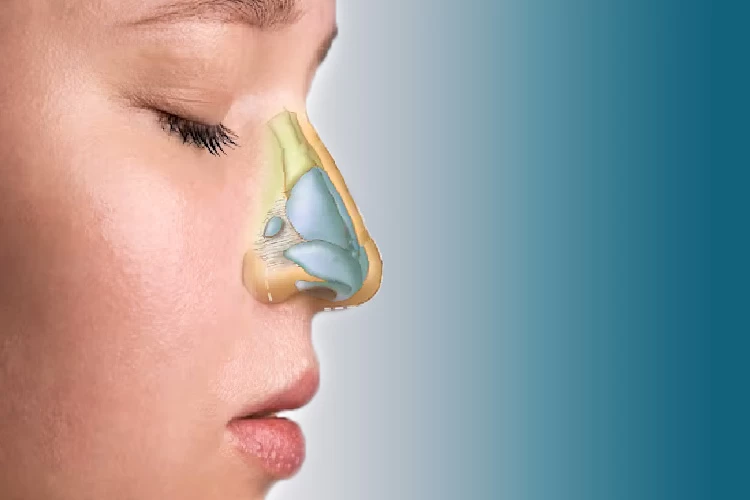
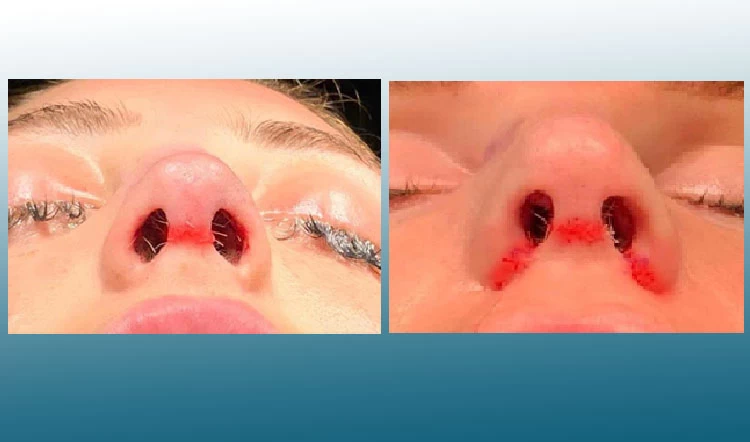






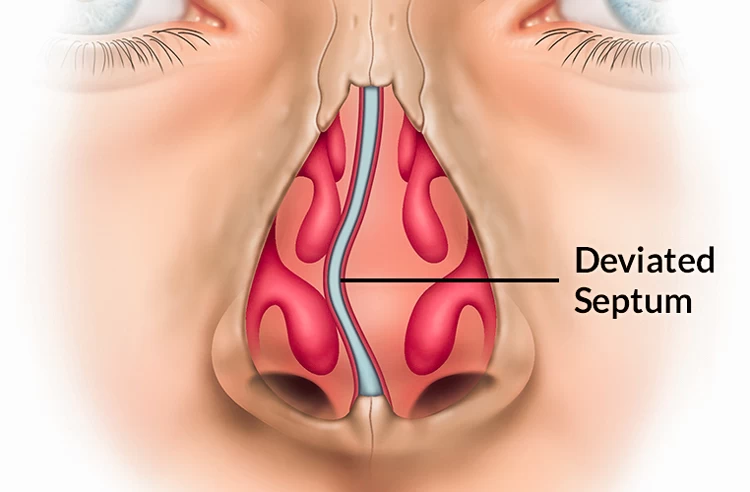
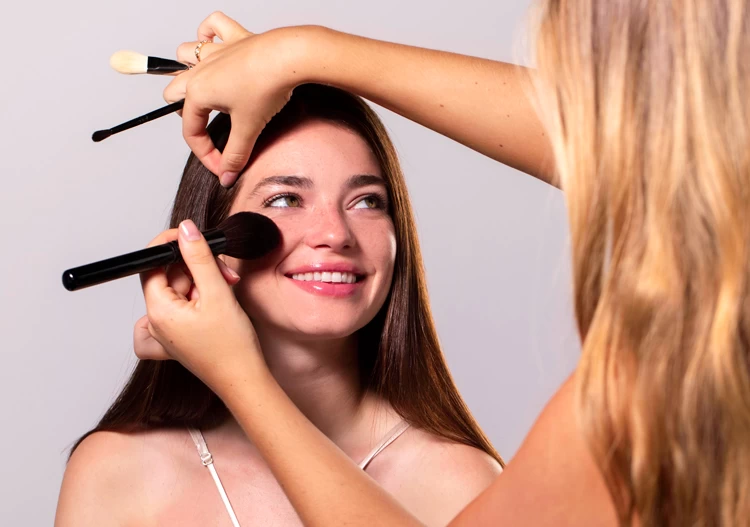
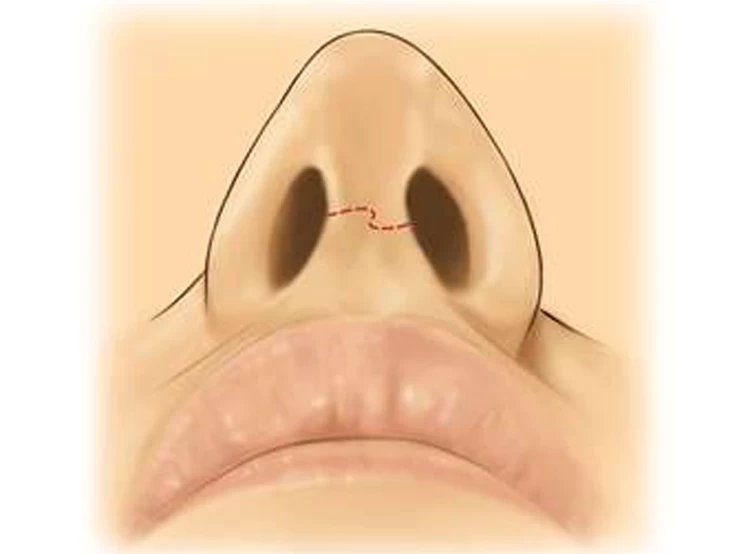
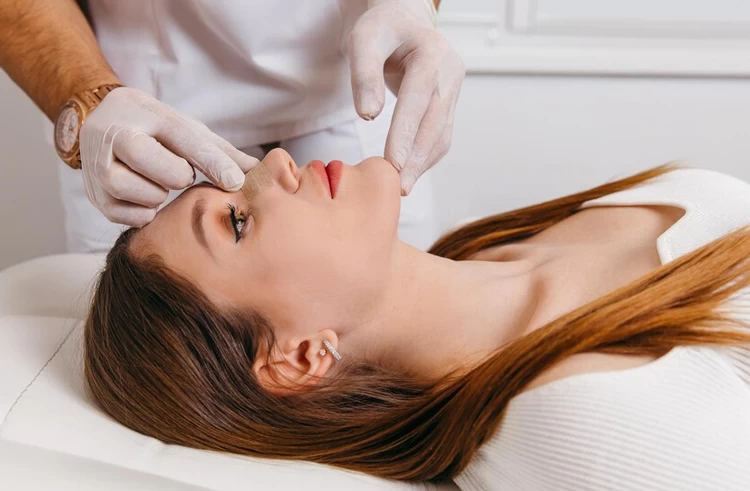






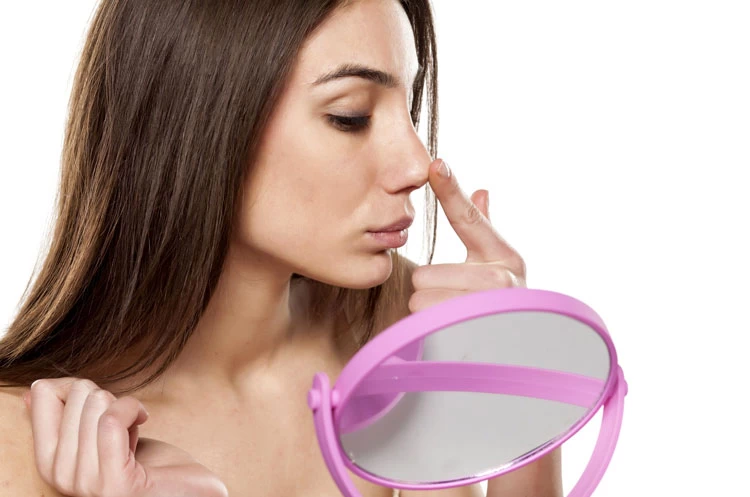
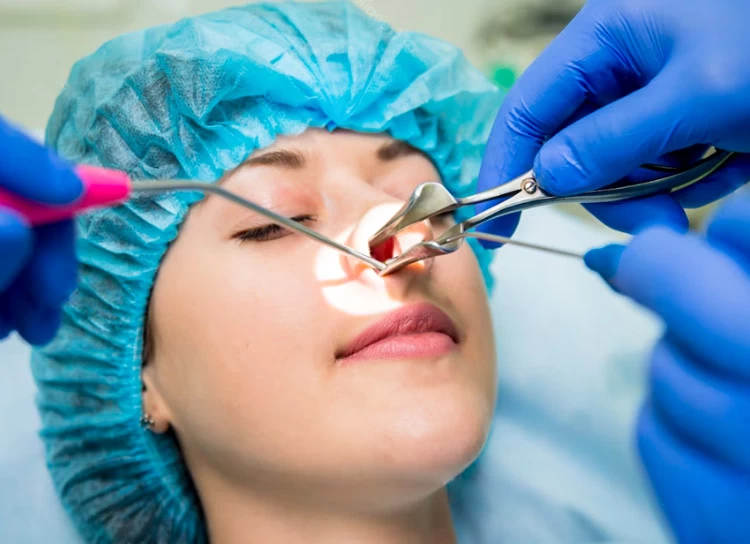






No reviews
Your comment